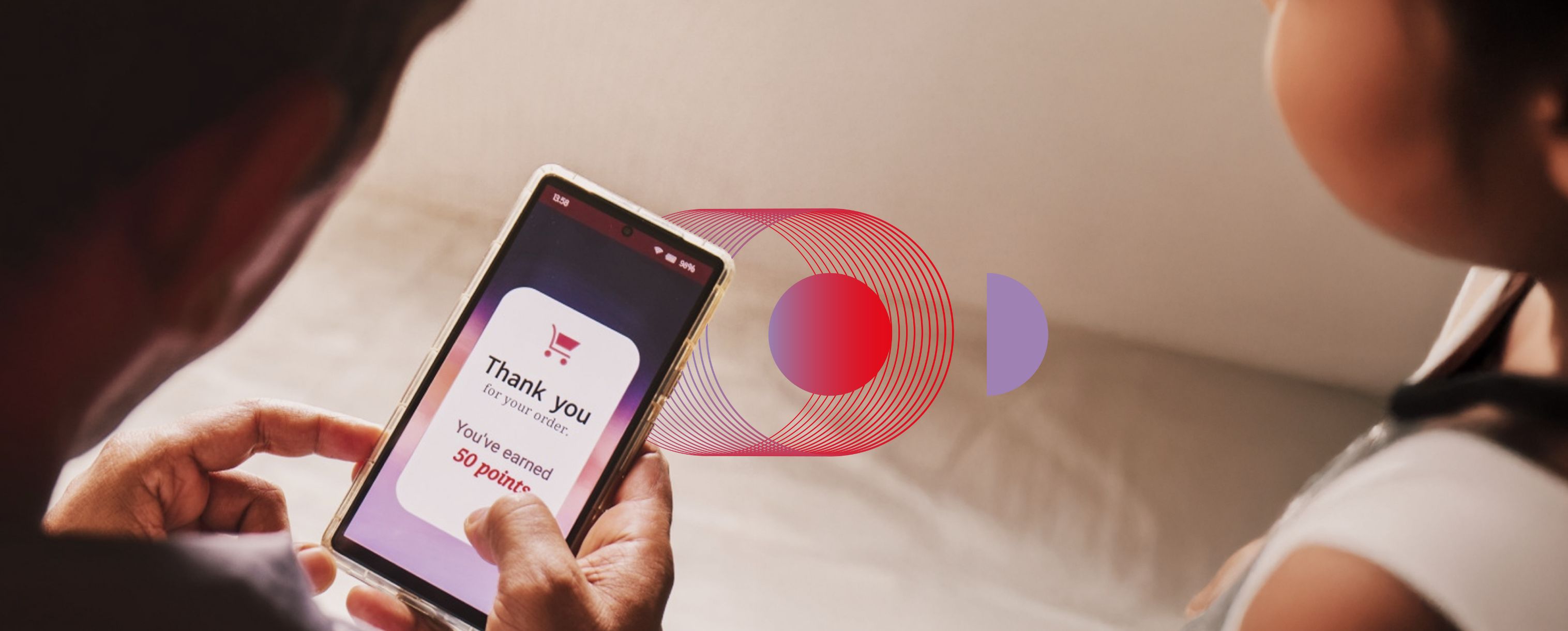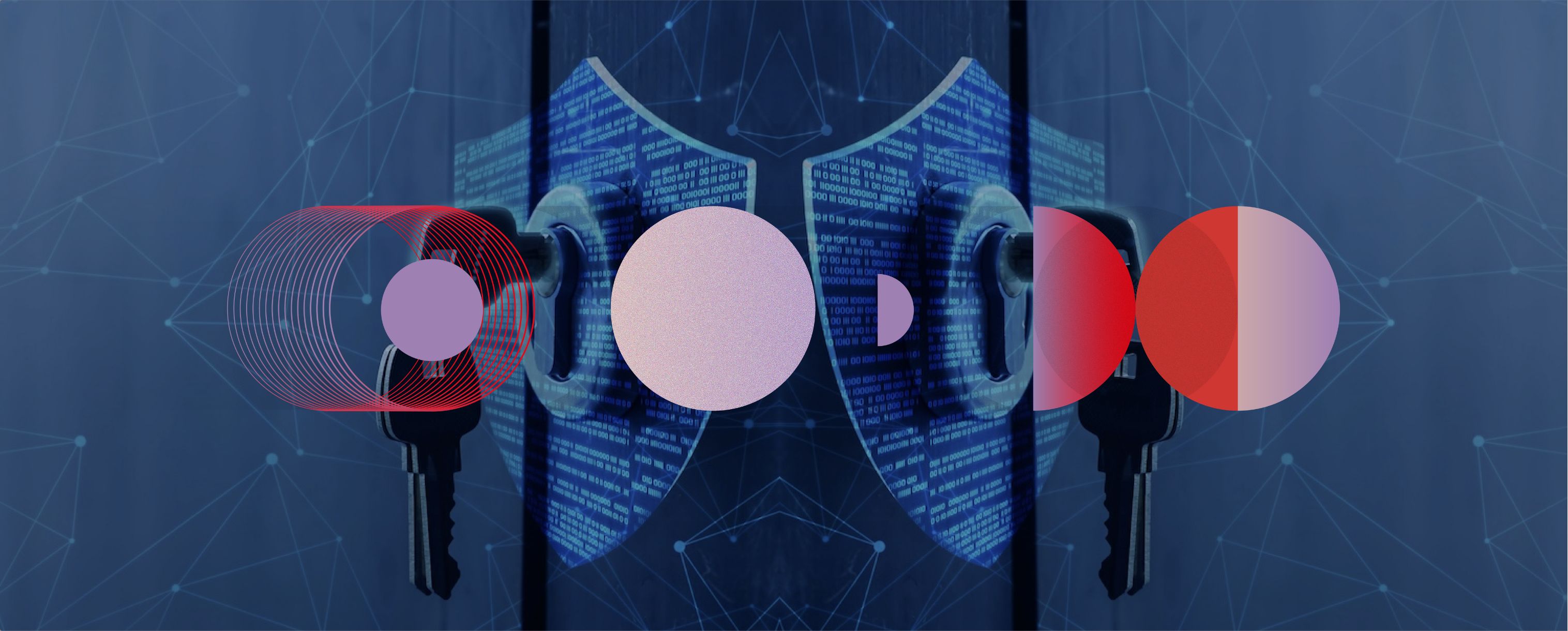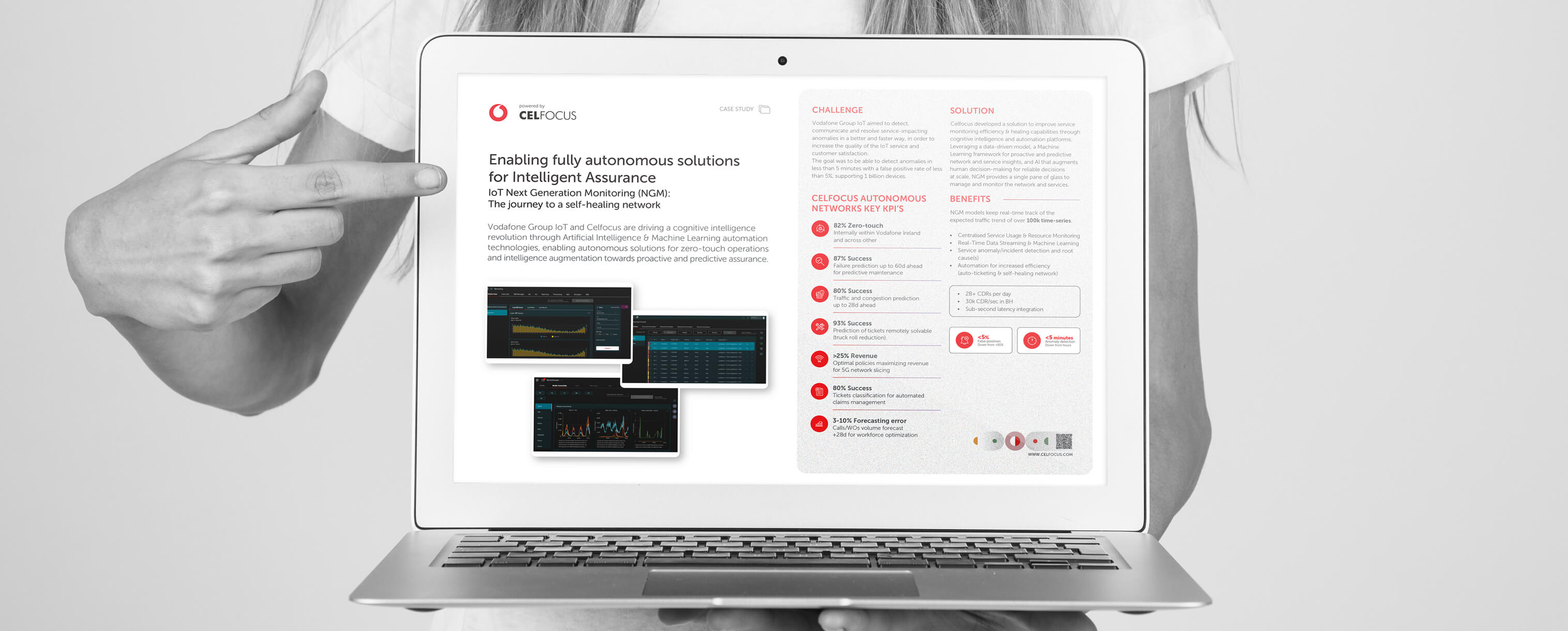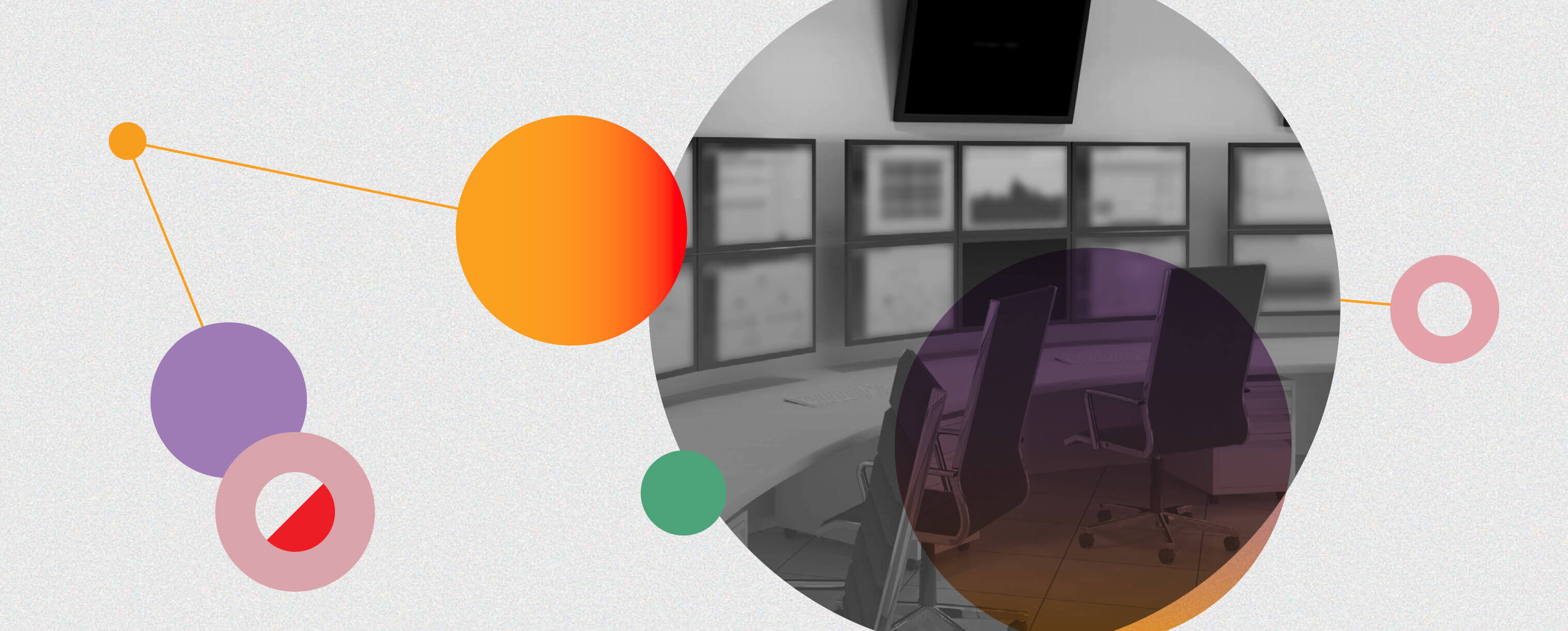|---Module:text|Size:Small---|
Blockchain goes way beyond crypto coins, this is actually just one of the purposes of this technology. Through blockchain, you can solve countless situations where there is lack of trust amongst entities, increasing the reluctance to certain risks. Risk enhances fear and fear paralyses initiatives.
In a corporate context, risk mitigation allows us to make better decisions, resulting in improved and value-added services. But why aren’t companies diving into the opportunity of blockchain projects?
How does it work?
Blockchain is a technology, initially idealised by Satoshi Nakamoto in 2008, to support Bitcoin’s financial system. The goal was to guarantee secure and private transactions and total trust among its stakeholders. It is a way of making transaction registrations that can serve the most diverse use-cases.
It is based on decentralized networks, in which each node plays a crucial role. They are systems that take part in the consensus mechanism and save a full copy of all transactions taking place in the network. Each of these nodes contain a copy of that database and gives its opinion regarding the next transactions to be added to the “blockchain”. At the end, they may or may not be compensated for these transaction validations.
Getting into detail…
Let’s consider blockchain as a distributed database that continuously maintains digital registrations updated and visible to the information owner or to all blockchain network participants. The networks where the blockchain technologies settle can be private, similar to an intranet, or public, accessible to anyone anywhere in the world and the identity of the participants can be assured via cryptographic mechanisms.
The same applies to the transacted data protection. A transaction is grouped in a cryptographically protected “block”. This block contains all trades taking place, for instance, in the last 10 minutes and is sent to the entire network. In blockchain, there is also the “miner” concept – network nodes that validate transactions by solving complex coding/decoding information problems. The first “miner” to solve these problems and to validate the block under the established business rules (called “smart contracts”) is rewarded. The “miner” concept may or may not be implemented into a blockchain network. When at least 51% of the nodes validate the data contained in the block (the consensus mechanism), the information is registered with the identifier of the previous block, its respective validation time and hour, and are added chronologically to the blockchain.
At this time, all nodes in the network must add this block to their chain in order to access the exact same information and share the same network historic overview. All blocks have the identifier of the previous one in the chain, meaning, a new transaction block gathers a specific identifier which also identifies the previous block. After adding new blocks to the blockchain, the information contained in them cannot be erased or changed, therefore becoming unaltered. That’s why it’s possible to validate smart contracts – in which the trust is based.
Impact in Telco
According to a McKinsey &Company article published in June 2018, Technology, Media and Telecom is the sector where the blockchain technology will have a bigger impact, right after the public sector.
The main Telecom operators are developing “additional” services around their “core business” involving third parties, resulting in implications in the service provided.
Service provisioning as a whole depends on the proper functioning of hardware and software (TVBox and routers) operations, as well as in the proper articulation of several installation and support service providers to the entire process.
How much does the operator trust these partners, in the processes and the diverse communication channels used? How could we create a relationship of trust? The answer could be Blockchain.
Preventing fraud and error in operations
There are countless fraudulent situations in the telco sector which blockchain can mitigate or even solve.
For instance, roaming – when a client leaves their country of origin and registers in a partner’s network that validates the clients service provider. Each time the client generates a Call Detail Record (CDR) the foreign operator forwards those registers to the source to process and the foreign operator maintains a copy of those records.
In most of the cases, Roaming means price speculation and low transparency, despite existing regulation in the EU. Overall, the process is complex and demands trust.
The need for Clearing Houses emerged to dominate the complexity and criticism of this entire process. On the other hand, in the case of tariff plans, service providers must cut the service in real-time when the client has an overdue balance.
These Clearing Houses work as an intermediate that helps manage business between both entities. They are able to execute the entire process in order to guarantee the record exchange in real-time, processing taxes and/or financial adjustments. These intermediates can also be responsible for managing the established roaming agreements.
Intermediates, ETL, client data, taxes and payments, trust, real-time, regulation… This seems to be the ideal scenario for Blockchain technology.
Number Portability
The portability process is complex and takes place when a client changes operator and wants to maintain the same number associated. There’s a strong regulation and, in each country, there’s an entity responsible for its supervision and control.
The end operator is responsible for communicating the portability to a central entity, which concentrates all information regarding the several processes in course. The operators import the centralized information to their databases, initiating its process. There is a demand for minimizing the service discontinuity, in which the portability must have a duration of 1-3 business days.
By implementing blockchain for portability, the entire process could be simpler and clearer, giving the client and the operator the chance to automatically start and follow the process status – standardizing communication between the central entity and the service providers (avoiding the need of data copies using information directly from blockchain).
This way, we add higher Security measures to the process, the client’s authentication, namely, to request, authorise and validate – giving competitors new flexibility.
Revenue Share
The trust in the revenue management process is important and decisive, not only through telecommunications generated by clients but also, through third parties’ products and service selling – meaning revenue share.
Blockchain can play an important role in this topic. Imagine it was possible to communicate to the provider, generally speaking, that a third-party service was sold having a central point to communicate that transaction, the information could be centred in a blockchain. This way it would be possible to register, process and monetise several micro-transactions in order to be more transparent… in real-time.
And what if instead of each provider having only its own communication channel, there was a generic one in each market? Accessible to every service provider, reseller or agent? The transacted information could be gathered in blockchain – delivering higher transparency and accessibility to the offer.
Loyalty
Loyalty systems’ goals are clear: retain assets within the company, understand the consumer’s patterns, be able to adjust preferences and, also, encourage clients return to generate more consumptions, if possible, where the revenue margin is bigger.
For Telcos, loyalty systems’ objectives are still confined to the entities own offer, translating in a disadvantage to the end user – many times translating in abandonment (points expiring).
What if, by using blockchain features, it was possible to boost trust in a new network/consortium, where each transaction represented loyalty point trading and all consumer goods and service providers could use the same network to make “their own” loyalty program?
The end-user would use a loyalty network, multi-identity, in which he/she could concentrate all the service points used on a daily basis, under a unique “coin”, using the points received for purchases.
This way, end clients could reconcile several providers and system points, giving Blockchain a different and disruptive purpose– opening opportunities to new players as digital “intermediates” in loyalty systems.
The network would require strategies to compensate the different parties, including the Information value extracted from the consumer patterns, behaviours and forecast models.
Internet of Things(IoT)
Smart Cities and IoT are completely connected worlds that will become part of our everyday. Devices with internet connection will be used in a simple, seamless and autonomous way, generating diverse information and allowing automatic decision making.
Blockchain can play a pivotal role in regulating and providing trust in order to promote bi-directional communication between devices and decision systems.
On one hand, we have the information collected via sensors at a certain degree of trust. On the other, combined with the data collected from the population or external sources, allowing to improve and contextualize the data collected. For instance, IoT sensors placed in a forest can detect a fire. But can this information be enough to semi-automatize and manage an adequate firefighting procedure? In this case, weather and traffic information or even data provided by the population can contribute, reinforcing the alert provided by the sensors to the authorities and contextualizing the emergency.
All this could be accomplishedthrough blockchain, accessible to the most diverse entities: emergency means,town entities, population, insurers or event air-traffic control.
Using blockchain is not mandatory to make this happen. So how can it bring added-value to the whole process? The collected information and trust base relationship of all stakeholders and the information provided.
To sum it all up
Blockchain technology can have several purposes, in order to help companies in the most diverse sector, change their strategies and digital technologies. The use-cases can vary and there isn’t even a need to externally view its use.
It’s a technology that promotes pragmatism, allowing to validate technology and business assumptions at the same time.
The Telecoms sector can extract so much value by incorporating Blockchain into their systems, processes and services, due to the convenience, trust and transparency in the creation of a new digital services class (own or partners).
Blockchain is one of the technologies of the future, with great maturity – being available as a tool you can use it as of now, even if facing the typical risks of adopting new technologies.
Those who get ahead are not implementing proven solutions, they are taking a chance, learning along the way and being disruptive when reinventing their business with a goal in mind – the client.
























